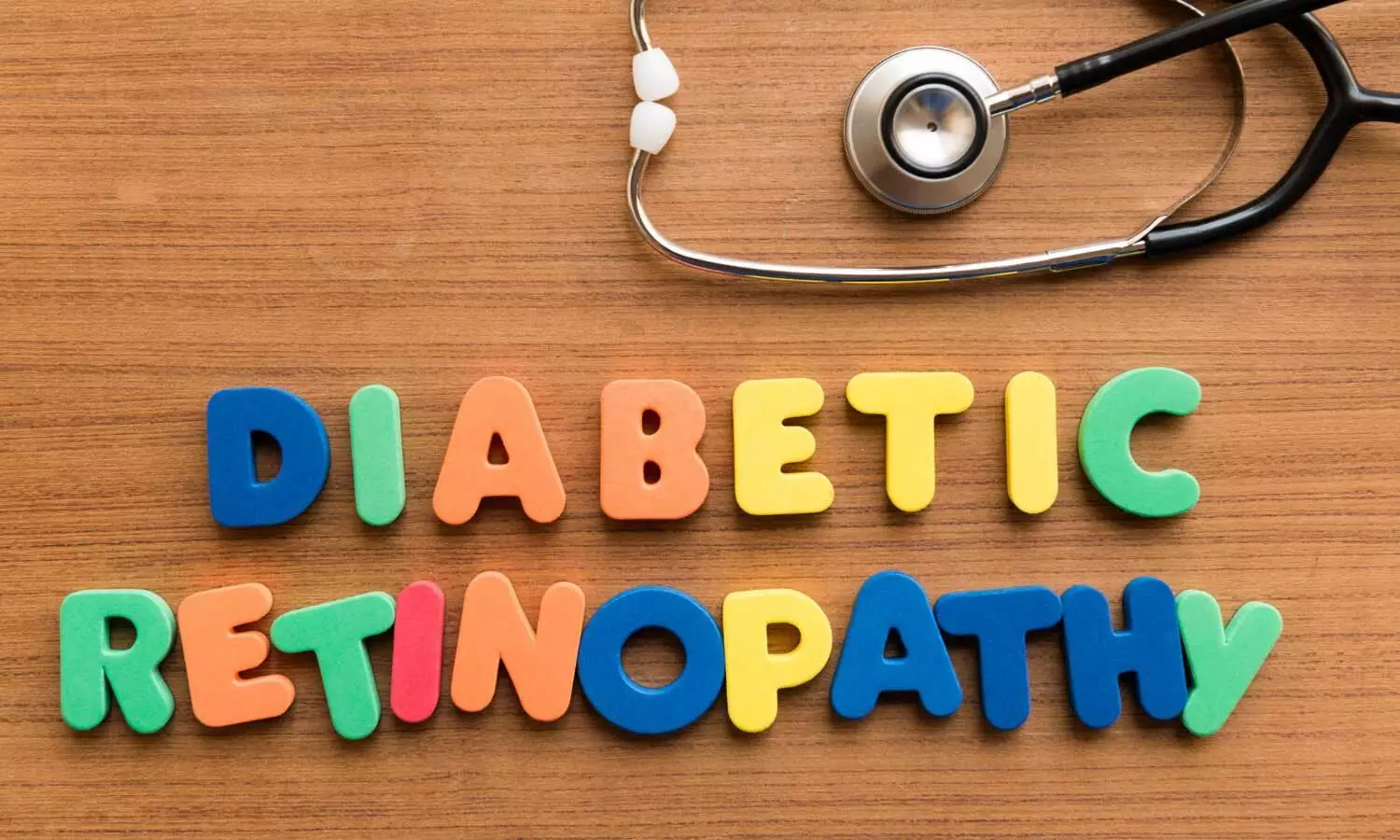Low Hb Levels may Increase Risk of Diabetic Retinopathy in Adults with Type 2 Diabetes: Study
- byDoctor News Daily Team
- 14 September, 2025
- 0 Comments
- 0 Mins

A recent study published in the journal ofEyerevealed that low hemoglobin levels may significantly raise the risk of developing diabetic retinopathy (DR). The findings highlight hemoglobin as an overlooked but potentially modifiable risk factor in managing type 2 diabetes. The research used the TriNetX network from 2010 to 2022 and analysed data from over 57,000 adults aged 45 years and older with type 2 diabetes. The participants were divided into a low hemoglobin (LHB) group, defined as 8–12 g/dL, and a control group with levels ≥12 g/dL. To ensure balanced comparisons, propensity score matching was employed to account for confounding factors such as age, sex, and comorbidities. The study tracked the onset of new DR cases within a 6 to 36 month follow-up period. The results showed a striking increase in risk among the individuals with lower hemoglobin. Specifically, the LHB group underwent a 33% higher risk of developing overall DR when compared with controls. When broken down into subtypes, the risk of proliferative DR was nearly doubled (HR: 1.95). Non-proliferative DR, a less severe but still concerning stage, also showed a modest yet significant risk increase of 19% (HR: 1.19). The study found that even mild reductions in hemoglobin (10–12 g/dL) were enough to elevate DR risk, suggesting that attention should not be limited to only severe anemia cases. Subgroup analysis shed further light on this relationship. The association between low hemoglobin and DR was stronger in patients without hypertension (HR: 1.58 vs. 1.21 in hypertensive individuals). It also remained consistent regardless of blood sugar control, as measured by HbA1c, highlighting hemoglobin as an independent factor. Also, men appeared more vulnerable than women, showing a more pronounced association. Overall, these findings have important implications for clinical practice. While blood glucose and blood pressure management remain cornerstones of diabetes care, the study suggests that routine monitoring and optimisation of hemoglobin levels could play a critical role in preventing sight-threatening complications. Hung, K.-C., Chang, L.-C., Chang, Y.-J., Hsu, C.-W., Yew, M., Wu, J.-Y., & Chen, I.-W. (2025). Association between haemoglobin levels and the risk of diabetic retinopathy in adults with type 2 diabetes: a retrospective cohort study using the TriNetX network. Eye, 1–8.https://doi.org/10.1038/s41433-025-03982-0
Disclaimer: This website is designed for healthcare professionals and serves solely for informational purposes.
The content provided should not be interpreted as medical advice, diagnosis, treatment recommendations, prescriptions, or endorsements of specific medical practices. It is not a replacement for professional medical consultation or the expertise of a licensed healthcare provider.
Given the ever-evolving nature of medical science, we strive to keep our information accurate and up to date. However, we do not guarantee the completeness or accuracy of the content.
If you come across any inconsistencies, please reach out to us at
admin@doctornewsdaily.com.
We do not support or endorse medical opinions, treatments, or recommendations that contradict the advice of qualified healthcare professionals.
By using this website, you agree to our
Terms of Use,
Privacy Policy, and
Advertisement Policy.
For further details, please review our
Full Disclaimer.
Recent News
Ketogenic diet may protect against stress experien...
- 03 November, 2025
STORM-PE Trial: Mechanical Thrombectomy Shows Supe...
- 03 November, 2025
AIIMS INI CET January 2026 admit cards released
- 03 November, 2025
Daily Newsletter
Get all the top stories from Blogs to keep track.


0 Comments
Post a comment
No comments yet. Be the first to comment!